We’re going to come back to the video above shortly. It’s less than 40 seconds, but it has reignited the agony many Israelis still feel about these past six months, and contributed to a general sense of rage that was spreading even before the video was released.
But first, TIME Magazine.
Many of us heard yesterday that Rachel Goldberg-Polin was listed by TIME Magazine as one of the 100 most influential people in the world. She deserves all the recognition she gets, for her dignified, nuanced and indefatigable efforts on behalf of her son, Hersh, and all the other hostages.
Rachel’s profile on TIME reads as follows:
Bring them home now. This has been the Israeli public’s rallying cry since Oct. 7, when Hamas militants killed some 1,200 people and took 240 more hostage into Gaza. For Rachel Goldberg-Polin, the call is personal: her 23-year-old son, Hersh Goldberg-Polin, is counted among the people still being held captive.
In hopes of seeing him again, Goldberg-Polin has become one of the most visible advocates for the hostages and their families. She has met with dozens of world leaders, including President Biden. (Her son, like Goldberg-Polin and her husband, is a dual American-Israeli citizen.) She has addressed the U.N. in New York City and Geneva. She has even had an audience with the Pope.
In one video from the Oct. 7 attack, Hersh is seen being forced onto a truck by Hamas militants, his left arm blown off from the elbow. His family has had no update on his wellbeing since, and every day that passes without news extends the seemingly interminable limbo that hers and so many other Israeli families now find themselves in. But Goldberg-Polin hasn’t given up. “Hope is mandatory,” she said in a recent interview. “I believe it, and I have to believe it, that he will come back to us.”
Amen.
But here’s the part of the story getting a lot less coverage than it should.
Whatever satisfaction we might have taken from TIME’s recognizing Rachel and the plight of the hostages was deeply sullied by TIME’s inclusion of Motaz Azaiza in the list, as well.
Here’s TIME’s profile of Azaiza:
For 108 days, Motaz Azaiza acted as the world’s eyes and ears in his native Gaza. Armed with a camera and a flak jacket marked “PRESS,” the 25-year-old Palestinian photographer spent nearly four months documenting life under Israeli bombardment: families displaced from homes, women mourning loved ones, a man trapped beneath the rubble. His images offered a glimpse into Gaza that few in the international press—which has been all but barred from accessing the Strip—could rival. He did so at great risk: At least 95 journalists have been killed in Gaza since Oct. 7, in what has been the deadliest period for the press since the Committee to Protect Journalists began tracking fatalities in 1992. Dozens more have been injured or arrested. Since evacuating Gaza in January, Azaiza’s role has shifted to raising awareness of the crisis—and to calling for international intervention. “What is happening in Gaza is not content for you,” he said. “We are not telling you what is happening ... for your likes or views or shares. No, we are waiting for you to act. We need to stop this war.”
Sounds noble, no? Actually, no.
For Motaz Azaiza, as Israeli press made clear today, posted (and then later deleted) videos of Israelis being kidnapped on October 7. He was “Press”. But how does “Press” end up at the “front lines” of the assault without being part of something much more sinister than “Press”?
That’s rhetorical, obviously.
It’s not news that members of the “Press” participated in the assault. That’s been known for months. What’s just a little sickening is the fact that that detail doesn’t in the least bit, apparently, give TIME Magazine pause when it comes to “honoring” this “journalist.”
Israel released, with the Bibas’ family’s permission, the video (at the top of this post) of Yarden Bibas being kidnapped on October 7th. How long Israel’s had the video is unclear. We don’t know if there’s more to it that hasn’t been released. Nor do we know how many other dozens—maybe hundreds (?)—such videos Israel has.
But this one has shaken up an entire country.
You may recall this commonly posted photo of the Bibas family in much happier times:
or the now iconic the photos of Kfir Bibs, who “celebrated” his first birthday in Hamas captivity:
Months ago, Hamas declared that Shiri and her children were no longer alive, but they provided no proof, and officially, Israel has rejected that assertion. I’ve heard from people who have heard from more informed sources that Israel does, in fact, believe that they are no longer living, but I obviously can’t judge what’s true.
There are several things worth noting about the horrifying video above.
In the first portion of the video, Yarden Bibas is clearly terrified, and is covered with blood. His face and his arms are drenched in blood. But if you look at the second portion of the video, his face is untouched. That simply has to be an earlier part of the clip, as there’s no way he was “cleaned up” in the middle of the field. Rather, he was almost certainly beaten and abused long after the terrorists got him across the border. We can see them hitting him, pulling on his ear, yanking at his beard (in good Nazi style). And in the first part of the video, we can see what their aggression led to.
A few of the cameras that you see in the video are not the sorts of cameras that families have lying around for the occasional birthday party. Those people are press. They’re not wearing press shirts (though one press shirt can be briefly seen), but they’re Press. Keep that in mind when you think about TIME’s recognition of Motaz Azaiza above.
As we all know, in the latest round of failed negotiations for the release of the hostages, Hamas claimed that it only had twenty living hostages to release. This just a week or two after they said they only have forty. They could be lying, obviously, but they also might not be. When you see what the savages did to Yarden on the very first day, it’s hard to even imagine what has happened to him and the others in the 190+ days that have followed. It is—quite literally—impossible to imagine.
And it’s chilling just to try.
Or, more precisely, “NOT seen about town.”
We’re going to leave a few chairs empty at the Seder table to keep the hostages foremost in our minds. We had discussions about what to do … an empty chair? A poster of all the faces? One or two or three particular people?
I’ll spare you all the back and forth, but we compromised on yellow ribbon on the empty chairs, as that’s become the symbol of the hostages.
Guess what my wife couldn’t find in a single store yesterday?
Yup, yellow ribbon.
Seems we’re not the only ones who thought of that. I’m going to visit a few florists today to see if I can snag some. If they insist, I’ll buy flowers I don’t need as long as they wrap them in a whole lot of yellow ribbon, which I’ll repurpose. We’ll see.
And finally, before we break for what we pray will be a genuine holiday of desperately needed liberation and freedom, this clip of one of Israel’s leading military analysts (Channel 12 and many other places), venting when he wasn’t formally “analyzing” on the air.
Of course, note that at 00:30, the person to whom Dvori is speaking interrupts him and asks him, “But is there really anything [we could do to get them back]. Dvori doesn’t answer the question.
But it’s the question on everyone’s mind. And it’s the question that many people here assume that literally no one in this country knows how to answer.
It’s going to be quite the challenge to sing Dayenu with this in our minds.
As we’ve mentioned for the past several weeks, we will be taking Passover off as people will be vacationing and traveling. Depending on what develops, we might send something out. We’ll see,
While we are taking off for Passover, though, there will still be 133 hostages stuck in hell, whose families do not get a moment of reprieve from the anguish, heartache and fear they’ve been living with for six months. Pray for them. Pray that the captives reutrn home soon, so that they and their families can begin to heal.
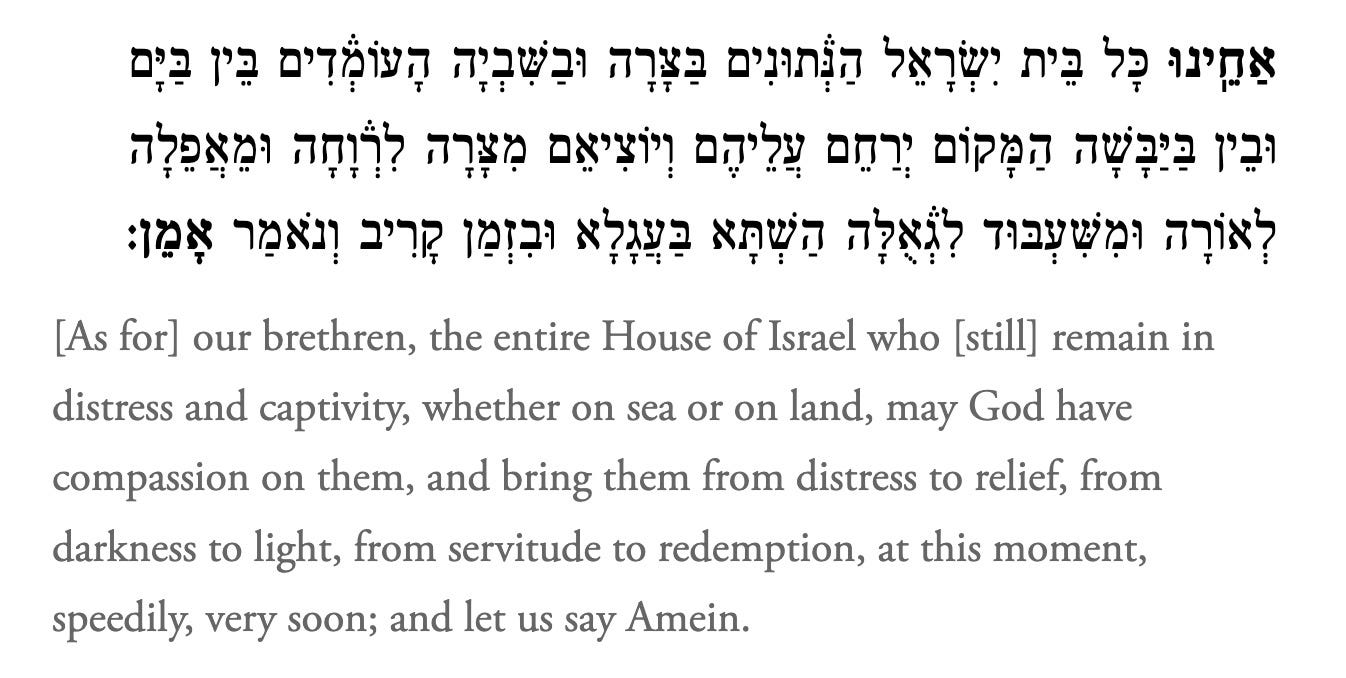





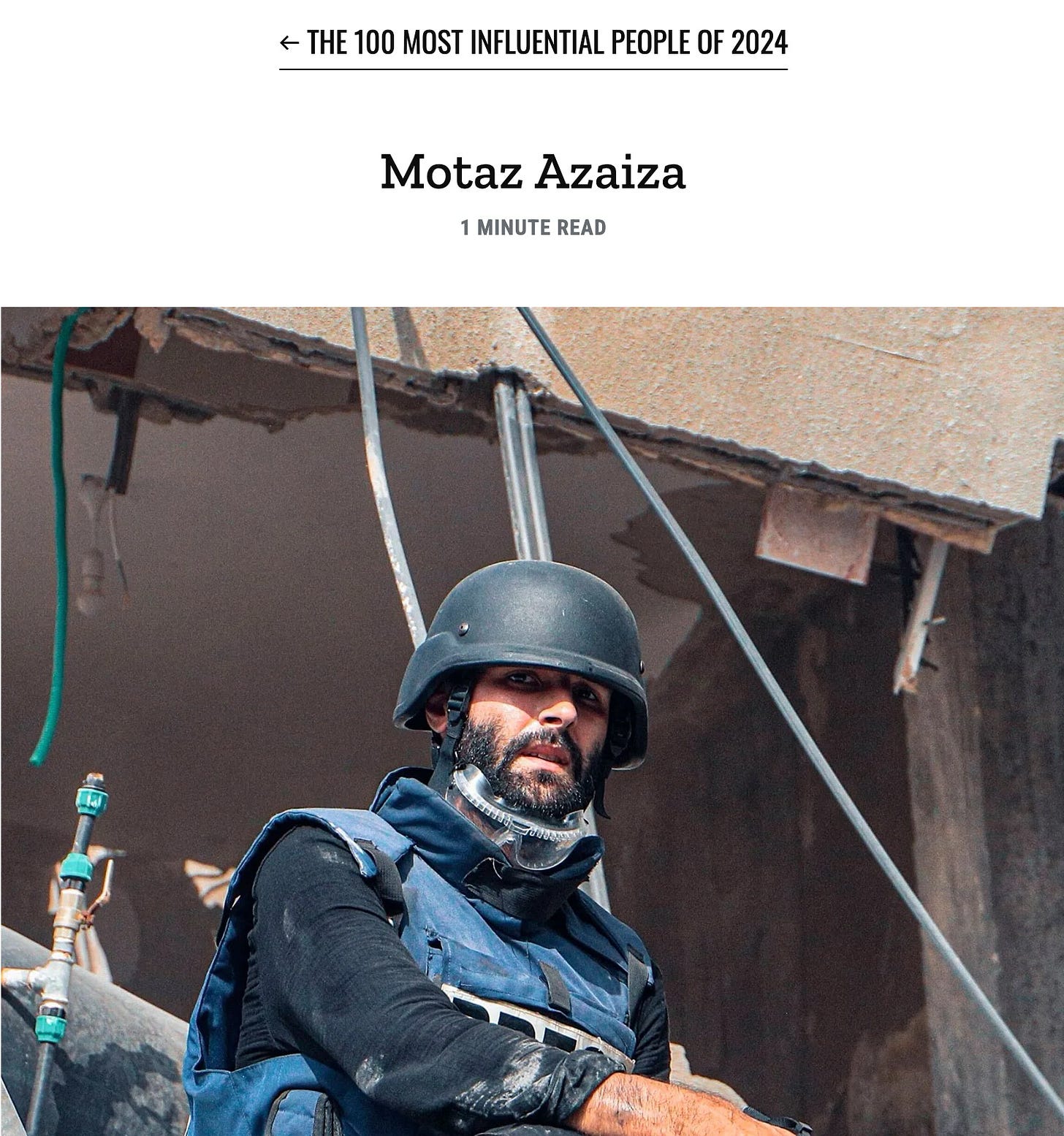

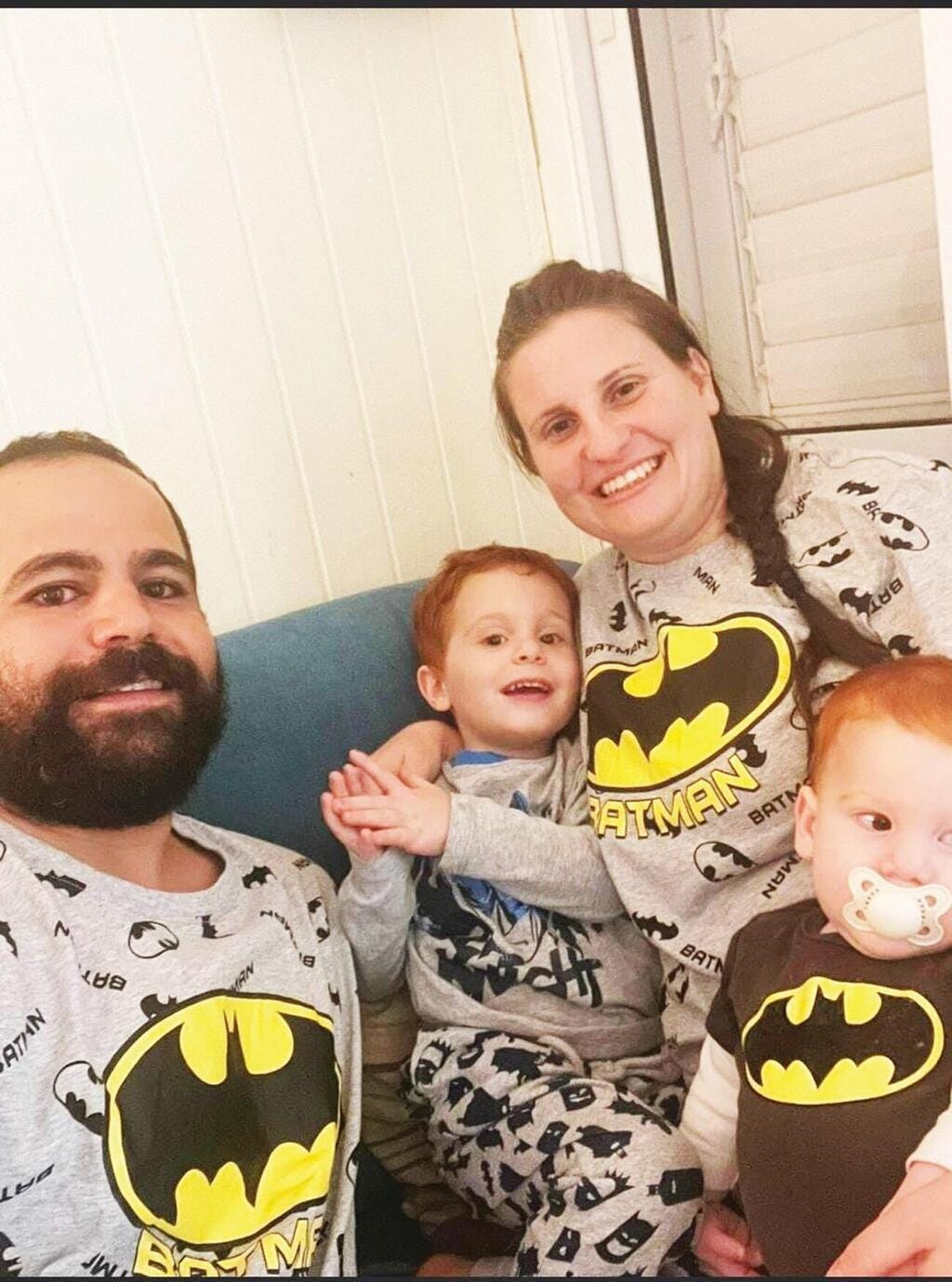
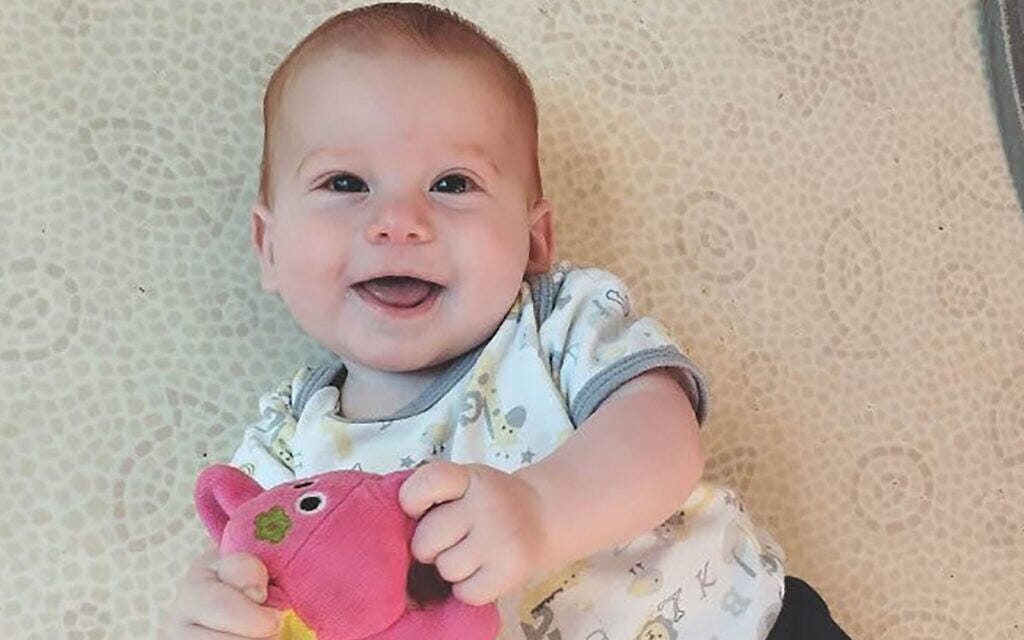

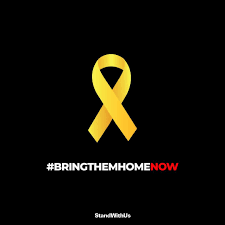











One video, less than forty seconds long, has thrown a country back into agony.